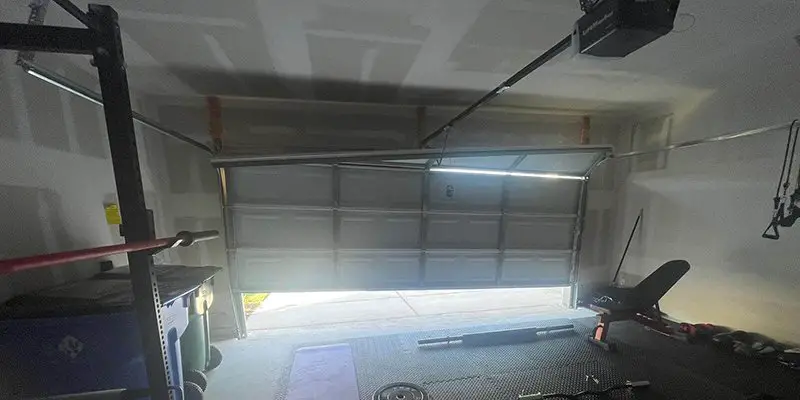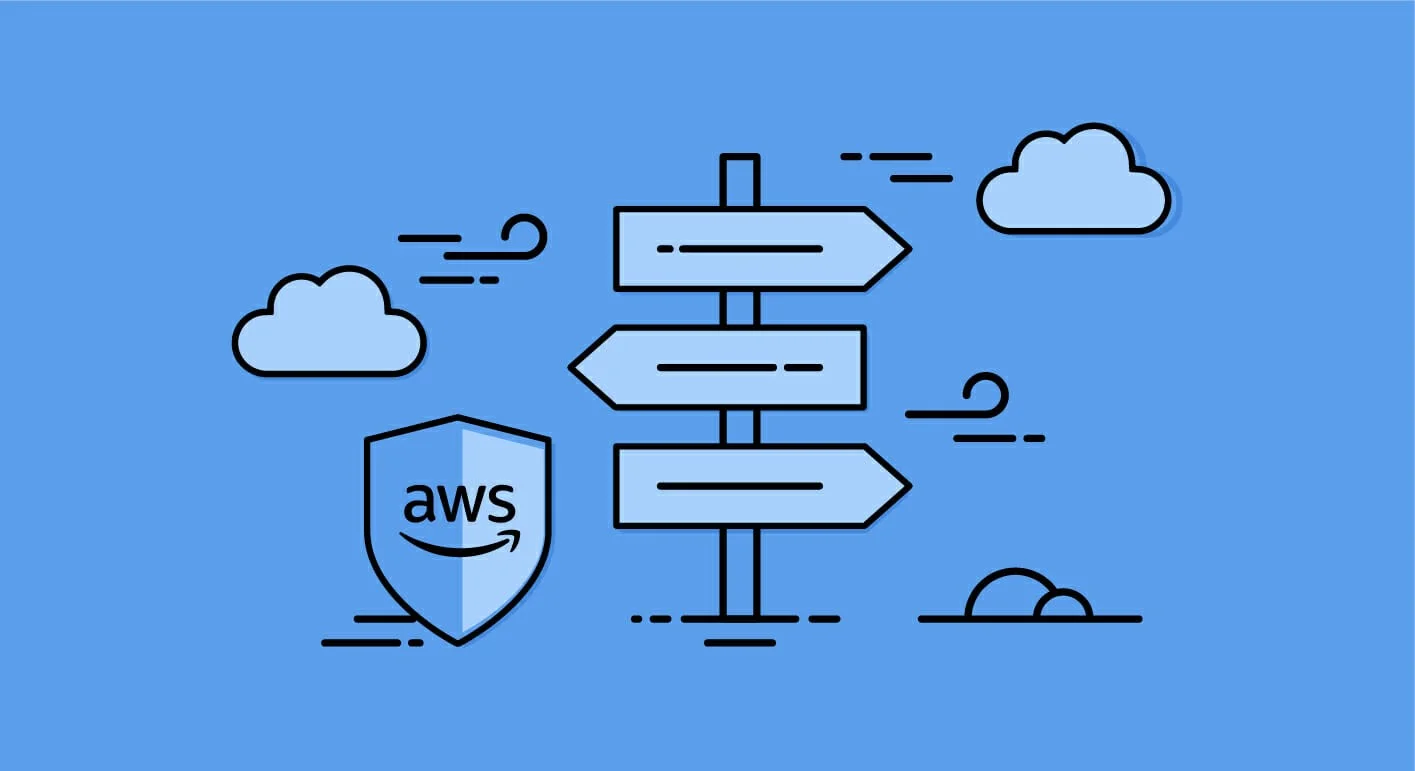Businesses across various industries are constantly seeking ways to enhance customer experiences and streamline operations. One of the most critical areas where improvements can be made is reducing wait times. Advanced queuing system technologies offer innovative solutions to this challenge, allowing businesses to optimize customer flow, minimize wait times, and improve overall efficiency. Explore Six effective strategies for reducing wait times with advanced queuing system technologies.
1. Intelligent Queue Management:
Advanced queuing systems leverage intelligent algorithms to dynamically manage customer queueing based on real-time data and operational priorities. These systems can optimize queue configurations to minimize wait times and maximize resource utilization by analyzing service times, customer arrival rates, and staff availability.
Intelligent queue management algorithms prioritize customers based on service complexity, urgency, and special needs, ensuring that critical tasks are addressed promptly while minimizing unnecessary delays. By proactively adjusting queue priorities and dynamically allocating resources, businesses can enhance service efficiency and improve customer satisfaction.
2. Virtual Queuing Solutions:
Virtual queuing solutions enable customers to join queues remotely via mobile applications, websites, or self-service kiosks, eliminating the need for physical waiting lines. By allowing customers to reserve their spot in the queue and receive real-time updates on their wait status, virtual queuing solutions empower individuals to manage their time more effectively and avoid long waits in crowded waiting areas.
Virtual queuing solutions offer businesses valuable insights into customer behavior and preferences, allowing for personalized service delivery and targeted marketing initiatives. By offering customers the flexibility to join virtual queues from anywhere at any time, businesses can enhance convenience, reduce perceived wait times, and improve overall customer satisfaction.
3. Multi-Channel Communication:
Advanced queuing systems facilitate seamless communication between customers and service providers across multiple channels, including SMS, email, and digital signage. By providing timely updates and notifications regarding wait times, queue progress, and service availability, businesses can keep customers informed and engaged throughout their wait experience.
Multi-channel communication capabilities enable businesses to deliver personalized messages and service alerts to customers based on their preferences and interaction history. By proactively managing customer expectations and addressing potential concerns in real-time, businesses can mitigate frustration, build trust, and enhance the overall quality of the customer experience.
4. Predictive Analytics and Forecasting:
Advanced queuing systems leverage predictive analytics and forecasting techniques to anticipate future demand, optimize resource allocation, and proactively manage capacity constraints. These systems can generate accurate forecasts and predictive models to inform decision-making and resource planning by analyzing historical data, seasonal trends, and external factors impacting customer traffic.
Predictive analytics enable businesses to identify potential bottlenecks, anticipate peak periods of demand, and allocate resources accordingly to prevent service disruptions and minimize wait times. By adopting a data-driven approach to queuing management, businesses can optimize operational efficiency, reduce idle time, and deliver consistent service excellence.
5. Performance Monitoring and Optimization:
Continuous performance monitoring and optimization are essential components of effective queuing system management. Advanced queuing systems provide real-time visibility into key performance metrics such as queue lengths, wait times, service rates, and customer satisfaction scores, allowing businesses to identify areas for improvement and implement targeted interventions.
By monitoring queue performance metrics in real-time, businesses can identify inefficiencies, address operational bottlenecks, and optimize service delivery processes to enhance overall efficiency and customer satisfaction. Performance optimization strategies may include adjusting staffing levels, refining service protocols, and implementing workflow enhancements to streamline operations and reduce wait times.
6. Integration with Customer Feedback Mechanisms:
Advanced queuing systems can seamlessly integrate with customer feedback mechanisms to gather valuable insights and sentiments regarding the queuing experience. By soliciting feedback from customers at key touchpoints throughout the queuing process, businesses can gain actionable intelligence to identify areas for improvement and drive service enhancements.
Integration with customer feedback mechanisms allows businesses to capture real-time feedback on wait times, service quality, staff performance, and overall satisfaction. By analyzing feedback data and sentiment analysis, businesses can identify trends, patterns, and pain points affecting the queuing experience and take proactive measures to address them. By actively soliciting and responding to customer feedback, businesses can foster trust, loyalty, and advocacy among their customer base, ultimately enhancing brand reputation and competitive advantage.
Conclusion:
Reducing wait times and enhancing customer experiences are critical imperatives for success. Advanced queuing system technologies offer powerful tools and capabilities to help businesses achieve these objectives by optimizing queue management processes, leveraging predictive analytics, and adopting multi-channel communication strategies.
For businesses seeking to enhance efficiency and improve customer satisfaction, Nemo-Q offers innovative queuing system solutions designed to meet the diverse needs of modern organizations. From intelligent queue management algorithms to virtual queuing solutions and performance optimization tools, Nemo-Q empowers businesses to deliver exceptional service experiences and drive sustainable growth.
To learn more about how Nemo-Q can help your business reduce wait times and enhance customer experiences, visit Nemo-Q today. Harness the power of advanced queuing system technologies toward operational excellence and customer-centric innovation.


















